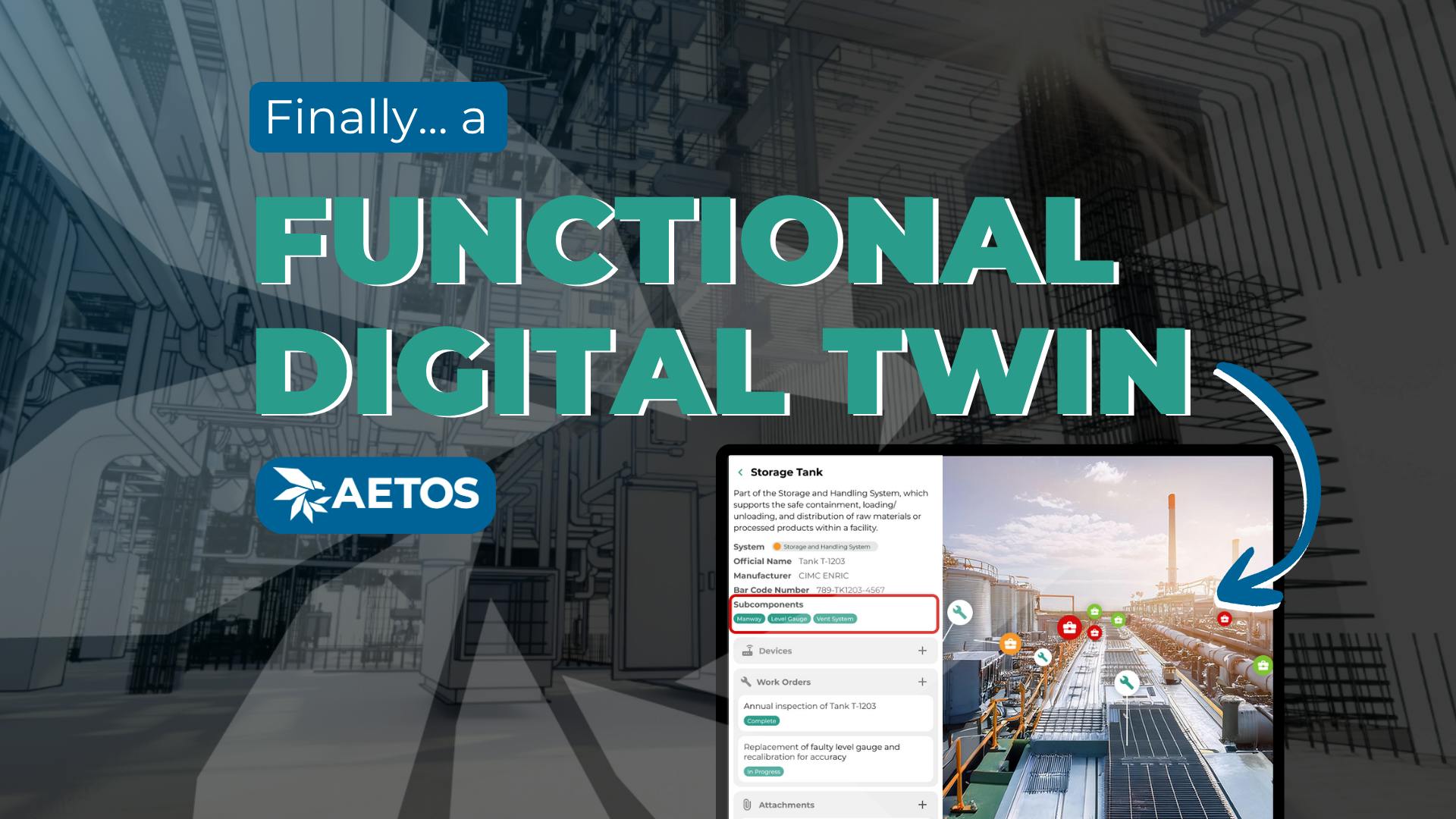How Aetos Operate is a Game-Changer for Site-Specific Job Training
Designing a training program is hard. Designing an effective, efficient, site-specific training program is harder.
Curriculum specialists and operations managers are tasked with providing excellent learning experiences for their employees. Safety regulations, emergency responses, building codes and practices, maintenance procedures, documentation, and visual supports (like images, pdfs, and videos) are pieces of an all-encompassing instructional package.
Because there are so many variables involved, it’s easy to understand that the task is immense. Trying to compile resources from external drives, folders, binders, zip files, and 3rd party vendors can very quickly lead to disorganization, oversight, and ultimately inefficiencies for workers.
Adequate instruction is vital to an employee’s experiences on site: The purpose of practical learning is to provide workers with knowledge that keeps them safe, guides their decisions, and helps them improve within their environment.
This compounds the pressure on curriculum developers to produce quality training and supports. Indeed, this can cause issues with trying to develop and deliver updated instructional methods.
Consider the mammoth task of creating and implementing educational courses that are relevant, accessible, and intent on refreshing old practices. This would demand a robust process of designing and building manuals, binders, flow-charts, and diagrams, while actualizing the source material with effective methods.
Sometimes even the prospect of re-starting or re-designing instructional modules is enough to discourage curriculum specialists from taking their content to the next level; compiling, arranging, diagramming, delegating, and printing (let alone scheduling implementation strategies and meetings) are all roadblocks to the process.
“The creation of a great training program is a daunting task, partially due to the fact that multiple stakeholders need to be on the same page,” says Aetos Imaging CEO Connor Offutt. “The process is extremely difficult as subject matter experts, management, videographers, and more are all involved in an arduous, and very likely, lengthy process.”
However, there’s a new and easier way to construct training programs that are substantially better for the designer, the bottom line, the planet, and the user’s experience.
A relatively standard concept that Aetos Operate likes to showcase is its ability to overlay 3-Dimensional scans with customized training. The software uses 3D imaging to virtually display site-specific components, a visualization support that considerably benefits designer and trainee alike.
Virtual drilling and coaching for employees is a core feature of Operate. The software provides a clear and clean canvas for curriculum developers, as they are able to leverage a hyper-visualized digital twin for customized onboarding and instruction.
To simplify: Operate’s cloud-based, 3D platform makes training development easier for curriculum specialists, which leads to better help, safety, and support for the workers on site.
Imagine the possibilities for curriculum designers if they could superimpose their learning targets and objectives within a virtual replica. Not only would this expedite the composition process, but placing training lessons in a 3D digital twin provides overwhelmingly enhanced visualization that simply can’t be beat.
That’s the add-value that Operate is providing to on site learning programs around the country.
“Operate was designed specifically to streamline the entire process, functioning as a 3D platform where curriculum designers can capture, create, edit, assign, and monitor their learning content for the benefit of their employees,” continues Offutt. “Operate makes the whole process cheaper, faster, and better for the user, all while creating a much more engaging experience, as learners interact within a 3D virtual digital twin – as opposed to a more expensive, generic end product.”
Expensive outsourced videographers are no longer needed; employee onboarding is now sleek and deeply engaging, positioning new workers within the virtual space and providing them with bespoke source material; engineering trainings are now immersive and clearly pictured, and can be accompanied with helpful videos, written copy, intentional pdfs, or Senior-level insights. Again, this greatly improves the performance and experience of employees.
Writing an entire manual from scratch – or even redesigning a current binder to fit new procedures – is a formidable task for many facilities managers; unfortunately, this can keep building operators from performing at a safe, high, and consistent level.
But concepts like safety procedures, orientation, and best practices shouldn’t be outdated, nor should they be pushed off “til next year”. It’s common for companies to orient themselves around safety and wellbeing, but what if those pillars aren’t totally realized due to the complexity of effective curriculum development and implementation?
Now, organizations and their on-site professionals can leverage a digital twin to create and carry out desired learning objectives in a virtual space with customized clarity and exact precision.
Positioning itself as a viable option for effective, efficient, site-specific training programs, Operate is the dream solution for instructional specialists, as it provides its users – the workers on site – next-level safety protocols, helpful guidance on operational functions, and more.



